The latest research from the National Literacy Trust [1] in the UK is a wake-up call for every parent, teacher, and advocate for children’s learning. In 2024, just 1 in 3 children aged 8 to 18 said they enjoy reading in their free time. That’s the lowest level recorded in nearly two decades. This sharp decline isn’t limited to any one group; worryingly, it spans all backgrounds, ages, and genders, raising urgent questions about what’s changed and, more importantly, how we can help turn the page.
Table of contents:
- The Stark Reality: Reading Enjoyment at an All-Time Low
- Why Is This Happening?
- Why Does Reading for Pleasure Matter?
- Solutions for Parents, Teachers, and Communities
- A Call to Action
The Stark Reality: Reading Enjoyment at an All-Time Low
- Only 34.6% of children and young people enjoy reading in their free time.
- Just 20.5% read daily for pleasure – again, the lowest on record.
- The decline is steepest among secondary school students and boys, but it affects everyone, including children from disadvantaged and affluent backgrounds alike.
These aren’t just statistics; they reflect a real crisis with very real consequences. As Jonathan Douglas CBE, Chief Executive of the National Literacy Trust, warns: “With children and young people’s enjoyment of reading at an all-time low... the futures of a generation are being put at risk”.
Why Is This Happening?
The reasons are complex and interconnected:
- Time Pressures: Children’s schedules are packed with homework, extracurriculars, and social commitments, leaving little space for reading just for fun. The only recent uptick in reading enjoyment was during lockdown, when children had more time at home.
- Education System: While more children enjoy reading at school than at home, overall levels are still low. A crowded curriculum and high academic expectations can crowd out opportunities for reading for pleasure.
- Access to Books: Not all children have the same access to books. 1 in 12 children has no books of their own at home, and many schools – especially in disadvantaged areas – lack properly stocked libraries. The cost-of-living crisis also means more families are buying fewer books.
- Technology: The digital world is a double-edged sword. While some children find a route into reading through screens, technology also competes for their attention, sometimes pushing books aside.
Why Does Reading for Pleasure Matter?
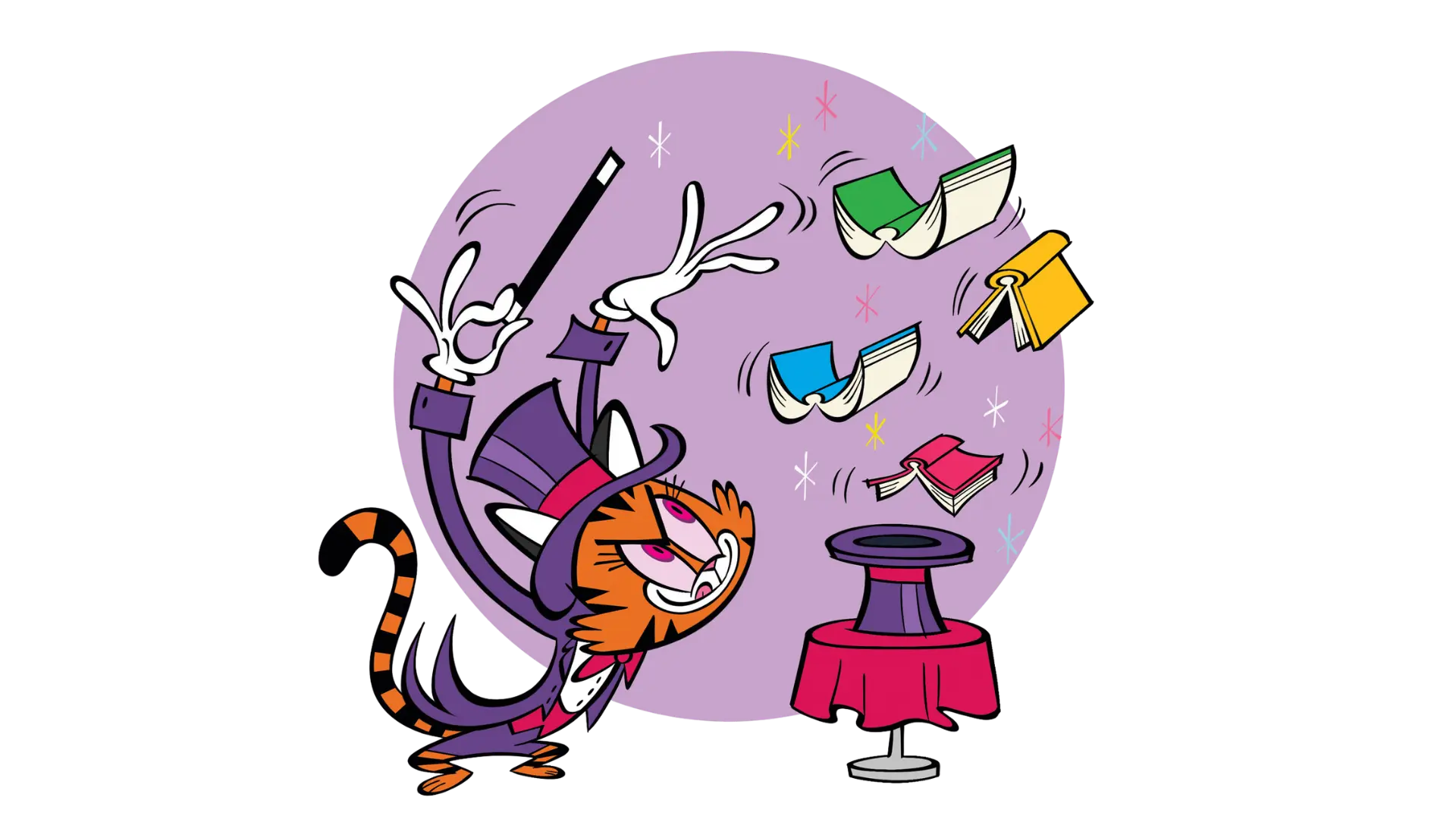
The link between reading for pleasure and reading ability is clear and powerful. Children who enjoy reading have significantly higher reading skills than those who don’t – and the more they read, the better they get. This creates a virtuous cycle: enjoyment leads to more reading, which leads to greater skill and even more enjoyment. But the benefits go beyond literacy. Children who read for pleasure say it helps them relax, feel happy, learn new things, understand others’ perspectives, and even build confidence. Reading is not just an academic skill; it’s a foundation for wellbeing, empathy, and lifelong learning.
Solutions for Parents, Teachers, and Communities
The solution isn’t simple, but it’s within our reach. Here’s how we can help children rediscover the joy of reading:
- Make Reading Accessible: Ensure children have access to a wide range of books and reading materials: at home, in schools, and in libraries. Campaigns like Libraries for Primaries [2] aim to give every child a chance to browse, borrow, and fall in love with stories.
- Champion Choice and Interests: Let children choose what they read, whether it’s comics, magazines, or digital texts. Following their interests is the best way to keep them engaged and make reading fun.
- Read Together: Shared reading at home or in the classroom builds confidence, language skills, and positive associations with books. Discuss stories, ask questions, and let children lead the way.
- Lead by Example: When children see adults reading and talking about books, it makes reading seem like a joyful, everyday activity.
- Integrate Reading into Daily Life: Build reading into routines: before bed, after school, or during quiet moments. Even a few minutes a day can make a difference.
- Support Teachers and Schools: Educators need the right resources, training, and opportunities to embed a culture of reading for pleasure, not just reading for assessment. We have loads of resources that are perfect for the classroom environment. For example, our vocabulary video game Word Tag (which is currently free for schools when they download the Narrative Journey!) is designed to be played for just 20 minutes per day, promoting quality, healthy screen time as children learn over 1,000 words per year. to our brightly illustrated books, we have loads of resources that are perfect for the classroom environment.
A Call to Action
As Frank Cottrell-Boyce, Waterstones Children’s Laureate, reminds us: “We know that children who read for pleasure, and children who are read to, gain all kinds of benefits. From increased vocabulary to vastly improved mental wellbeing. But today’s survey shows that too often as a nation we are withholding those benefits from our children... The good news is that the solution is in our hands”. At Mrs Wordsmith, we believe every child deserves the chance to discover the magic of reading. So let’s work together – parents, teachers, communities, and policymakers – to make reading for pleasure a national priority.





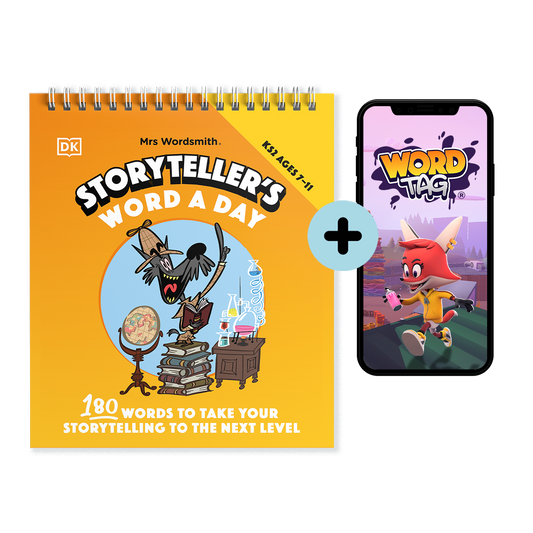

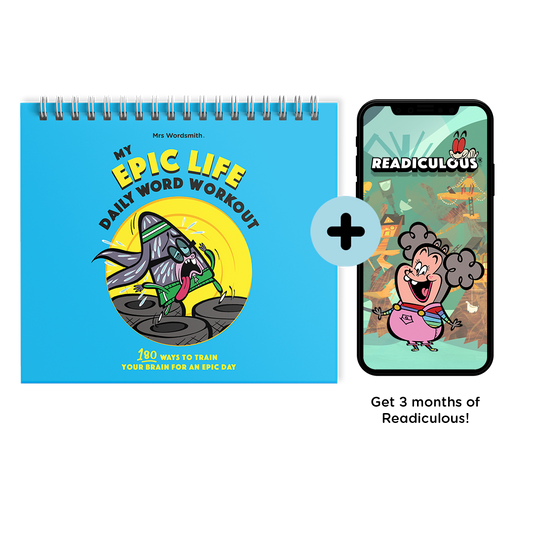


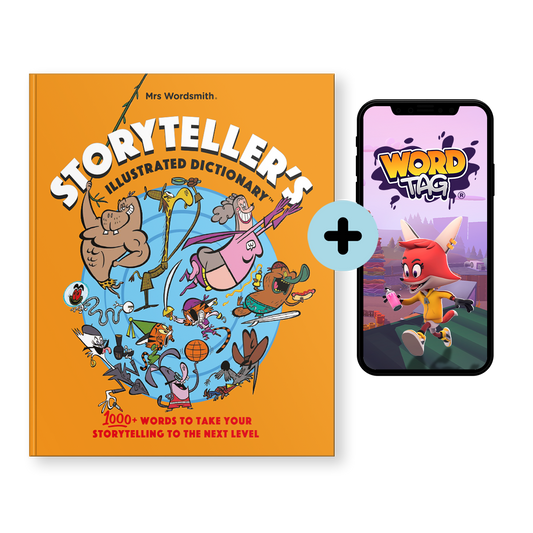





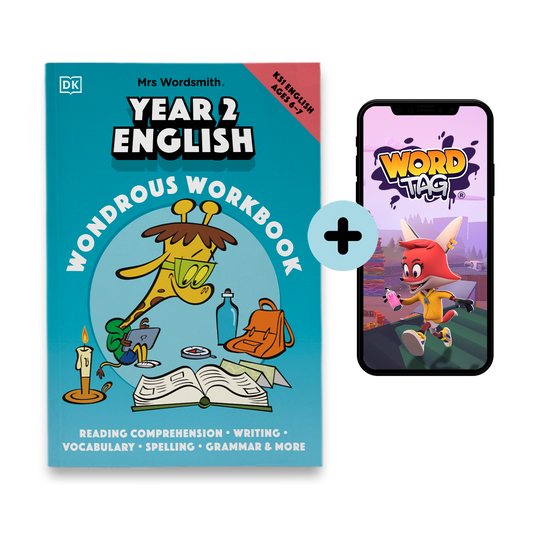






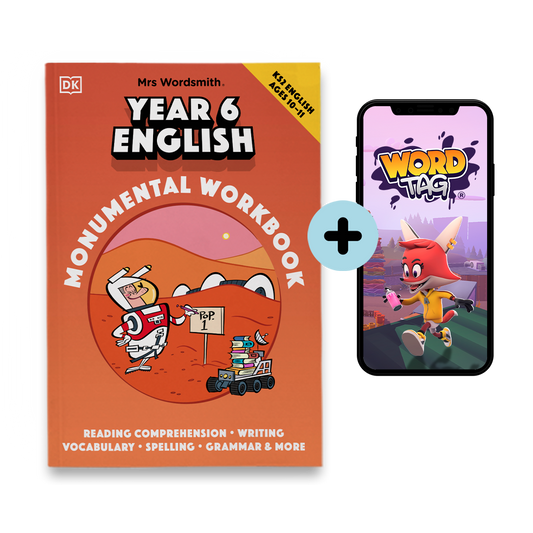



 https://mrswordsmith.com
https://mrswordsmith.com
Comment
Leave a comment